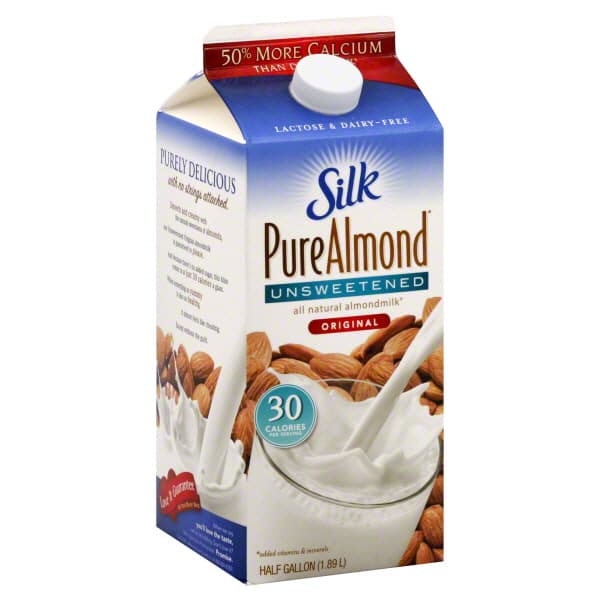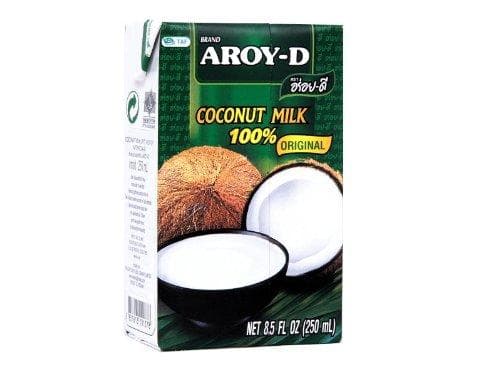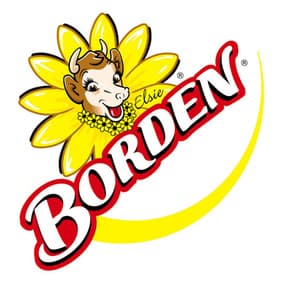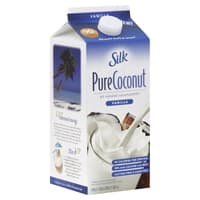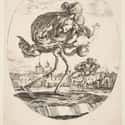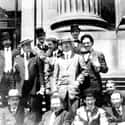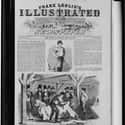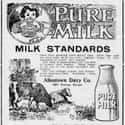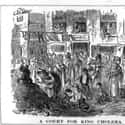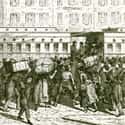(#1) In 1857, Over 8,000 Infants Perished From Drinking Swill Milk
According to authorities, 8,000 infants perished from drinking swill milk in 1857. New York City Inspector David Reese wrote in 1857:
Distilleries in or near large cities... an intolerable nuisance and curse... wherever they exist, their slops will furnish the cheapest food for cows, the milk from which is more pernicious and fatal to infant health and life than alcohol itself to adults... So long as distilleries are tolerated in cities, cow stables will be their appendages, and the milk, fraught with sickness and death, will still perpetuate mortality...
Many lower and middle class families at the time didn't have a lot of choice when it came to giving their kids the milk because it was the only affordable option for them. It's estimated that 50 to 80% of the milk consumed in northeastern cities was swill milk.
(#7) The Food And Drug Act Was Signed In The Early 1900s As Response To The Swill Milk Scandal
The Swill Milk Scandal in New York City prompted officials to keep a better eye on food safety. The state of New York regulated swill milk, and improvements in transportation helped provide cities with more rural products. Other major US cities, like Philadelphia and Chicago, and international locations such as Liepzig, Germany, continued to have swill milk on the market.
Cities began hiring milk inspectors in the late 19th century, and the federal government passed the Food and Drug Act in 1906. The act prohibited “the manufacture, sale, or transportation of adulterated or misbranded or poisonous or deleterious foods, drugs, medicines, and liquor.”
Alongside legal movements to make food safer, there was a push to pasteurize milk. Louis Pasteur developed his process during the 1850s and 1860s. Nathan Straus, co-owner of Macy's, set up his own pasteurization plant in 1893 and sold affordable, sterile milk at 18 locations around the city.
(#5) Leslie Frank's Illustrated Newspaper Wrote Extensively On Swill Milk, Exposing The Industry To The Masses
An eight-article series in Leslie Frank's Illustrated Newspaper in 1858 exposed the swill milk industry with scathing commentary and pictures documenting the industry.
The New York Times commented on the exposé:
Unpromisingly matters stood, when Frank Leslie found left at his door as milk a disgusting dose of milk and pus, which fairly threw his illustrated newspaper into an emetic convulsion. Bound to know the worst of the horrible story, he analyzed the specimen, and then dispatched his corps of reporters and artists to the head-quarters of the poison … He has reproduced pictures that are true to the life, and so shocking that the very word milk, or the sight of dainties into which it enters as an important component, turns the stomach. The whole town suffers nausea.
Non-swill milk producers began taking out ads to promote their "pure" milk. Lawmakers were outraged, but it was still years before they took action, banning the sale of swill milk in 1861.
(#3) Swill Cows Produced Discolored Milk
The milk from swill cows was thin and devoid of enough fat to be used to make butter. It often "had an unnatural, bluish tint," so sellers added flour, starch, or plaster of Paris to make it thick and appear white.
The cows' poor treatment and diet gave them an odd disease. Their lungs ulcerated, and their milk secretion increased with it. This led to the realization that "the impurities of the animal's body passed off with the milk."
(#2) Because There Were So Many Other Diseases In The City, It Took Time For People To Realize What Was Happening
During the 19th century, infant mortality was on the rise in New York City. Diseases like cholera and typhoid were a part of everyday life, as was losing infants. When children began dying from drinking swill milk, there was little reason to believe that anything was different from the status quo. Most weren't even aware the incidents were happening because of the milk, as all of the other mortality causes seemed like valid explanations.
(#8) In Order To Keep Up With The Needs Of A Growing Population, Major Cities Brought In Cows
During the 1800s, major metropolitan centers in the US, like New York City, experienced massive industrial growth, large populations surges, and growing demand for food and services. People lived in crowded tenements where conditions were unsanitary, and the lower classes made up most of the city population.
Providing food for urban dwellers was increasingly a challenge. Bringing in milk from the country was difficult because there was no way to keep it cold and prevent it from spoiling. As a result, people brought cows into the city and established dairies.
New Random Displays Display All By Ranking
About This Tool
It was around the 1850s that milk became a mass consumer product in the UK. Due to the process of urbanization in the Victorian era, crowded cities forced dairy farms to relocate to the suburbs, fresh milk had to be transported to the city for reprocessing and distribution, which made milk production gradually become a system, but milk quality and safety have become increasingly complicated. In the early 19th century, milk adulteration had already appeared, and by the 1850s, an unexpected epidemic began to break out.
You could check the random tool to learn more about the epidemic caused by milk in the 1850s, nearly 8000 babies were killed by the epidemic. You are also able to search for other interesting things with the tool.
Our data comes from Ranker, If you want to participate in the ranking of items displayed on this page, please click here.

